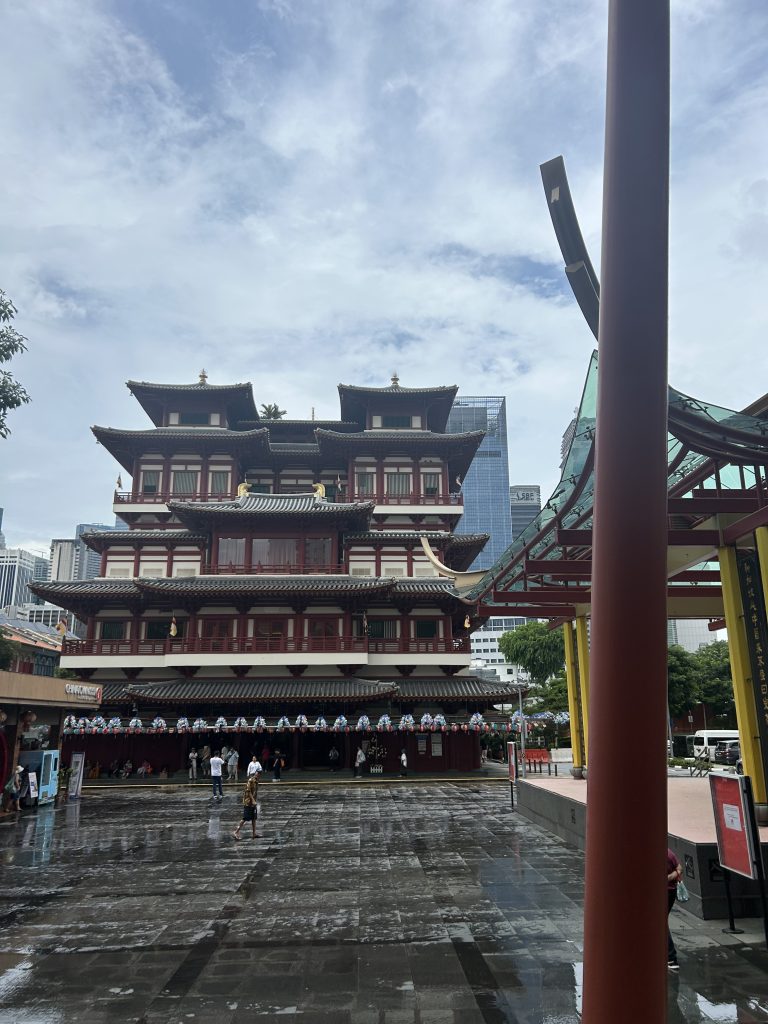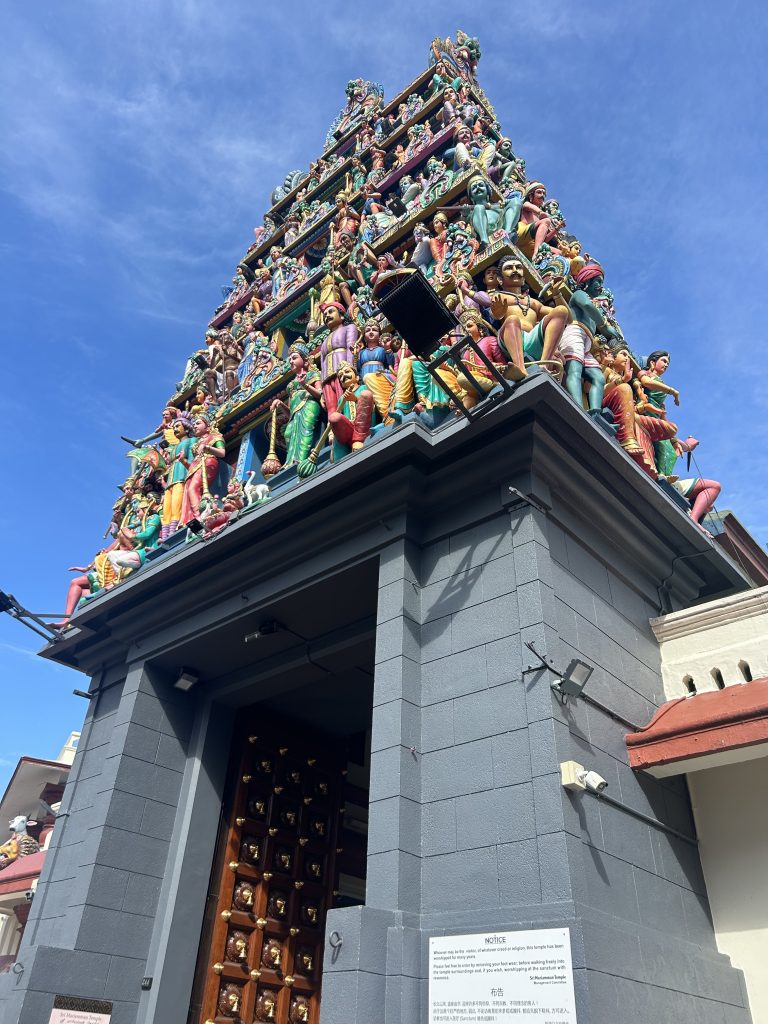

The confluence of different races and religious beliefs during our journey to Singapore captivated me, demonstrating the city’s rich legacy and welcoming nature. Singapore’s appreciation of variety is among its most remarkable features. I was enthralled with the spectacle of several cultures coexisting peacefully as I strolled through areas like Chinatown and Little India. From delicious street cuisine to elaborate mosques and temples, every neighborhood adds to the colorful tapestry that is Singaporean culture. During my investigation, what really caught my attention was how respectful and tolerant people of different faiths are of one another. Buddhism, Christianity, Islam, Hinduism, and Taoism are the most popular religions practiced in Singapore. There’s a tremendous sense of unity and mutual acceptance despite the diversity of ideas. The many religious sects live in harmony with one another rather than as rivals, strengthening the nation’s cultural tapestry. I got a glimpse of Singapore’s religious scene by going to the Sultan Mosque and the Buddha Tooth Relic Temple. Singapore’s dedication to multiculturalism is demonstrated not just in its religious places but also in its daily interactions and cuisine. Every street has a diverse population coexisting peacefully without any acts of violence. Singapore has demonstrated to me the peaceful coexistence of individuals from diverse cultural backgrounds.
Why is this important? The diversity of Singapore’s cultures is essential because it strengthens the social fabric and promotes tolerance, understanding, and harmony among its citizens. Singapore is a dynamic tapestry of traditions, cultures, and viewpoints because of the amicable coexistence of a mosaic of nationalities, faiths, and languages. This diversity fosters economic growth, creativity, and innovation in addition to improving the social scene. Singaporeans get a greater understanding of their own ancestry and promote inclusivity and a sense of belonging for all by honoring and accepting each other’s cultures. In the end, Singapore’s national identity is mostly shaped by its cultural diversity, which encourages adaptability and resilience in a world that is constantly changing.
